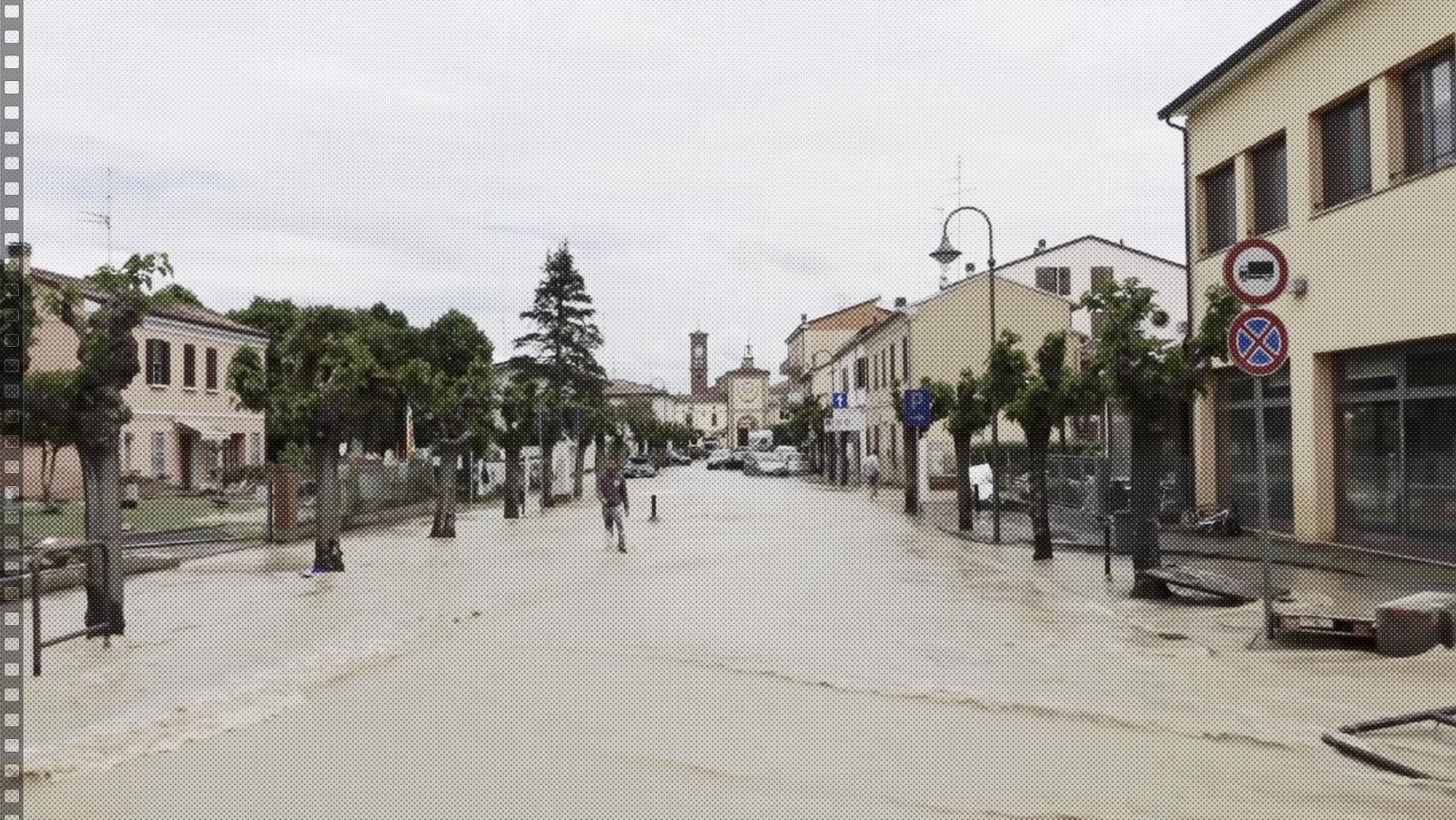Elettra Sincrotrone Trieste[1] is a research center specialized in materials science. At the end of October it has become the stage for a collaboration encompassing experimental physics, the Estense Museum in Modena[2] and the Genoese master violin maker Alberto Giordano[3]. All these different experiences have met thanks to a precious object: a viola built by Antonio and Girolamo Amati in 1620, insured for one million euros. The musical instrument has been analyzed with a cutting-edge tool in matter physics: synchrotron light.
The Amati were amongst the most famous master violin makers, working in Cremona between the 17th and the 18th century, like Stradivari, Guadagnini and Guarnieri. The sound of their instruments is incredibly crystal-clear. Why they sound so good? Scientists are trying to unravel the enigma. “Synchrotron light,” says scientist Nicola Sodini, “is the perfect tool to investigate a precious object like this viola in a non invasive way: it has high brilliance (high intensity and low divergence), high coherence and, above all, it is not destructive at all”.
What is synchrotron light exactly? It is the electromagnetic radiation, ranging from IR to hard X-rays, emitted by accelerated electrons inside a storage ring. The one in Trieste is called Elettra, after which the research center itself is named. While they are forced to rotate and to keep a motion wave, electrons emit a radiation which is then selected and used in various experimental techniques. Elettra scientists, headed by Nicola Sodini, used synchrotron light for a phase-contrast microtomography, i.e. a special kind of tomography which supplies pictures like never before, with a level of details ten times more accurate than ordinary X-ray images.
This in-depth analysis can show wood microstructure: it is so regular that sound can travel inside the instrument almost without barriers. It can suggest new restoration works and reveal materials and strategies of the previous ones. Actually Elettra scientists have made an unexpected discovery: there are three iron spikes inside the handle, fastening it to the body of the instrument.
“Maybe the handle has been substituted with a longer one,” explains Alberto Giordano, “and this was a typical kind of intervention at the beginning of the eighteenth century, in order to gain a stronger sound. However, fastening with handcrafted spikes was a strategy adopted by Italian masters in a previous period”. So, a nailed-down instrument, with spikes instead of glue inside the grip, is an extremely rare object.
[1] Elettra Sincrotrone Trieste: http://www.elettra.eu/
[2]Galleria Estense Modena: http://www.galleriaestense.org/
[3]Alberto Giordano: http://www.giordanoviolins.com/


